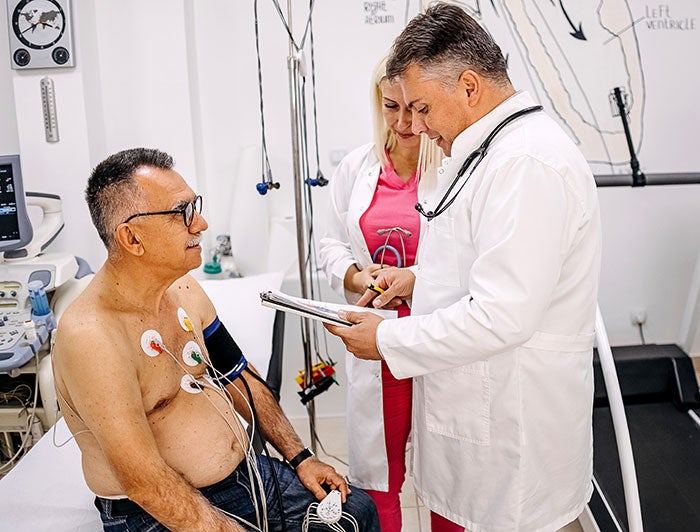Cedars-Sinai deploys EKGs in novel way to predict cardiac arrest risk

The underlying causes of cardiac arrest, which leads to 300,000 to 450,000 deaths in the U.S. each year, are complex. However, investigators at Cedars-Sinai Medical Center in Los Angeles have found a new method for predicting it through a new method for analyzing the results of electrocardiogram tests, thus adding a new dimension to a cardiovascular diagnostic that’s widely available, already sitting in clinics across the country.
Cedars-Sinai researchers looked at the trajectory of electrocardiogram changes in people who had experienced sudden cardiac arrest compared with people who had not. They saw that abnormalities in electrocardiograms escalated over time in the first group, so there was a substantial increase in their electrical risk measured by the electrocardiogram that wasn’t observed in the comparison groups. These dynamic electrocardiogram changes, the researchers concluded, represent a novel risk marker for sudden cardiac death.
“This is proof of a novel concept that while our current prediction methods measure a snapshot in time, increased risk of sudden cardiac arrest can have a measurable, dynamic component,” said Sumeet Chugh, MD, director of the Center for Cardiac Arrest Prevention at Cedars-Sinai’s Smidt Heart Institute and senior author of the study.
The study’s results may lead to improvements in how clinicians predict sudden cardiac arrest and who will benefit the most from a surgically implanted defibrillator.

